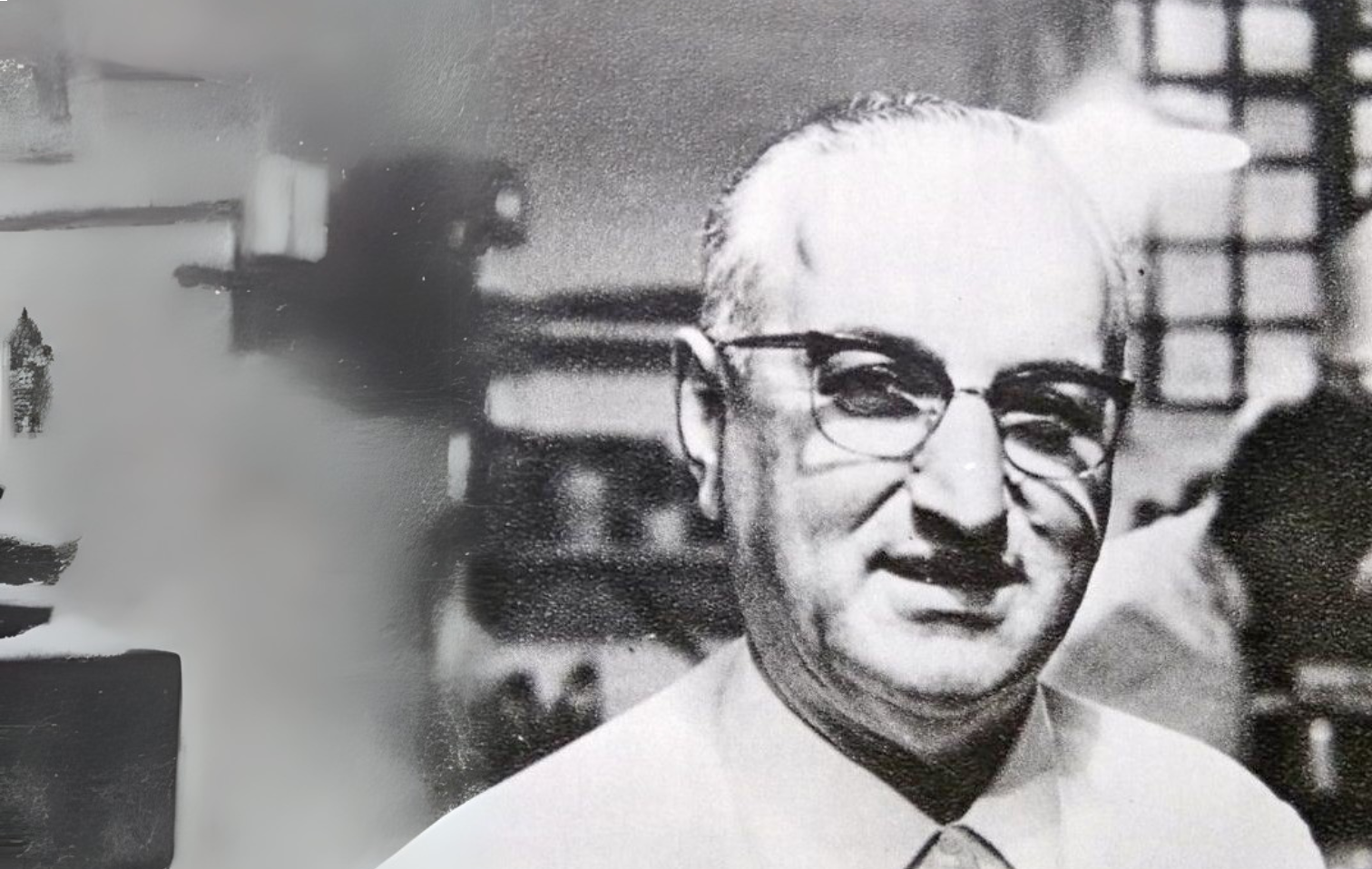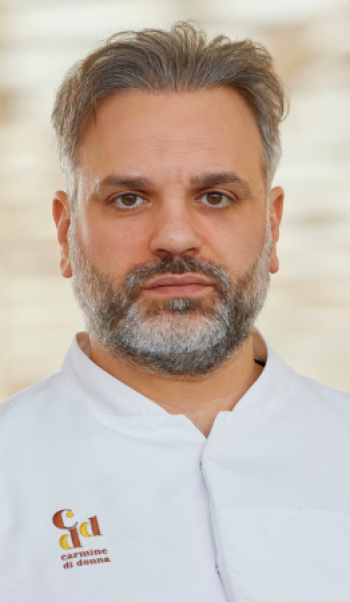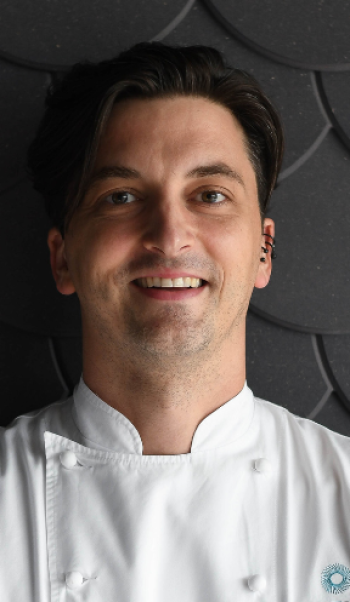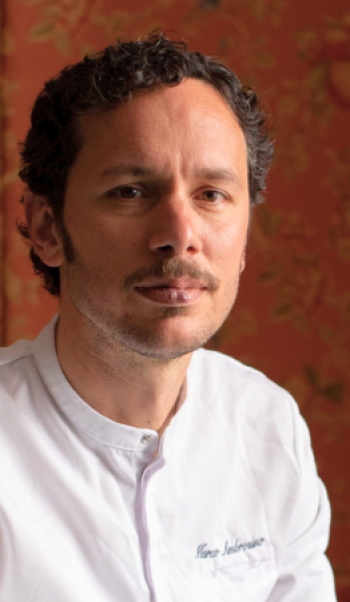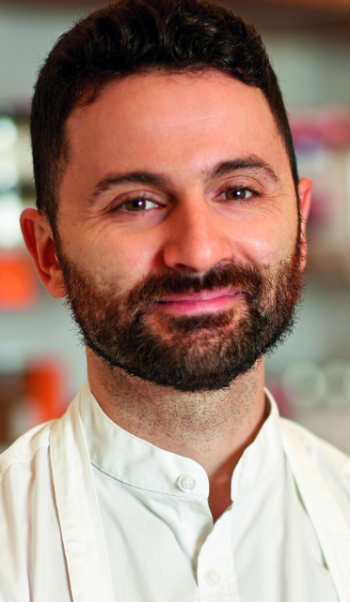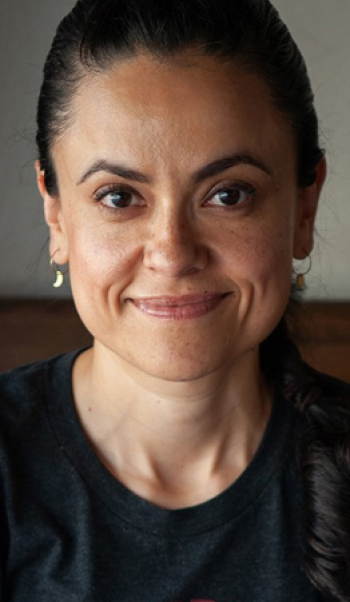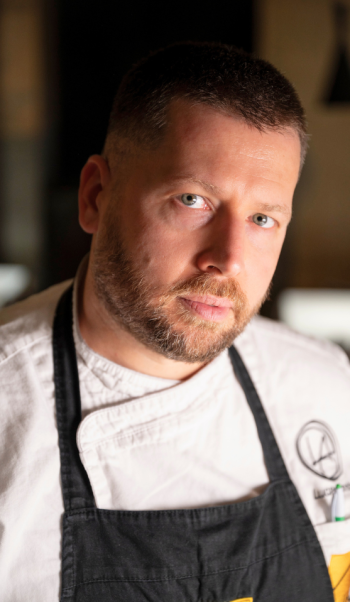Nino Bergese, born in 1904 in Saluzzo, was one of the great masters of Italian cuisine. A cook for the House of Savoy and the aristocracy of northern Italy, he founded the La Santa restaurant after the war and directed the kitchen at San Domenico in Imola. He is considered a pioneer of signature cuisine.
Born in Saluzzo, Piedmont, in 1904, Nino Bergese began working at the age of thirteen as a gardener for Count Bonvicino. His precocious talent soon led him into the kitchen, under the guidance of chef Giovanni Bastone. From then on, Bergese's career was punctuated by experience with the country's most prestigious noble families: he first became cook to Count Costa Carrù della Trinità, then to the Wild and finally to Counts Arborio Mella di Sant'Elia, master of ceremonies for the royal house.
The turning point was his entry into the kitchens of the House of Savoy, where he served for several years, consolidating his reputation as the “Cook of kings.” With the decline of the nobility after World War II, Bergese knew how to reinvent himself: he opened the restaurant La Santa in Genoa, where for the first time “home” cuisine was elevated to the status of author's cuisine. The restaurant was awarded a Michelin star and became one of the benchmarks of Ligurian gastronomy.
In 1970 he was called by Gianluigi Morini to lead the kitchens of the nascent San Domenico in Imola. It was here that he perfected one of the iconic dishes of contemporary Italian cuisine: the raviolo with a whole egg inside, first made in 1971, which is still served in many haute cuisine restaurants today.
In 1969 he published with Feltrinelli the volume “Mangiare da Re,” a cookbook documenting his style and approach to cooking, influenced by decades of working for Italy's highest aristocratic families. His style was based on simplicity, impeccable technique and absolute attention to the quality of ingredients.
Reserved and stern, Bergese believed that “the kitchen should speak for itself” and that the chef's role was to refine the collective taste memory, restoring value to preparations that were considered domestic but loaded with history. He died in 1977 in Genoa, leaving a profound legacy: several Italian hotel schools now bear his name, and many of his students have helped shape contemporary Italian catering.
